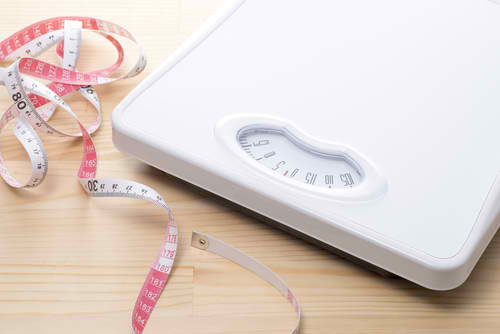If you’re in the business of calculating the weight of very large objects—whether animals, grain, cheese, timber, rock or anything else that requires serious machinery—then you know that quick, accurate and reliable measurement is essential to good business and good customer relations. While advancements in accurate measurement have come a long way over the years, ongoing challenges remain for those who use industrial scales and for those who make them.
That industrial scales can handle largeand accurate weight measurement at all is a bit of a triumph of human ingenuity. From about 2,000 B.C. until the Industrial Revolution, weighing goods relied on balance scales utilized by trading merchants who needed to assess value for things that simply could not be counted in such a way as to ensure accuracy—irregularly shaped gold pieces, for example. The first weighing scales were just balances with two plates attached to an overhead beam that was affixed to a central pole. Whatever needed to be measured was placed on one plate, and weight-setting stones were placed one by one on the other until equilibrium was reached between the two plates, and the object being measured was assigned a value. As such, you can imagine how cheating might take place without much difficulty. The invention of the spring scale around 1770 heralded a new era of weighing and honesty, and the current technological shift is bringing yet another.
These days spring scales are still utilized, but electronics are the primary way in which large amounts of goods are measured and their value assessed. By running a current through certain kinds of material, differences and variations can be detected relating directly to the amount of pressure the material is placed under, which then can give an accurate reading of weight. With sensitive equipment and software, it’s also possible to get readings beyond a simple number in pounds or tons. Specifics like how much moisture, as well as how much debris or other contaminants are present can be known. Identifying and quantifying foreign objects helps buyer and seller, so that in any given situation, both are only paying for and being paid for the actual items being weighed.
As technology continues to expand, industrial scales are also being affected, and further advancements are being made. Here is a closer look at a handful of changes that are already underway:
- Unattended Scale Operation
Automation and wireless connection have allowed for the development of unattended, remote and partially attended scale ticketing. From magnetic stripe and bar code readers to video imaging and remote ticket printing, drivers of measurable loads can have their loads weighed, processed and recorded without ever having to leave their trucks, and automation has made it possible for that to happen without a person attending the scales. The advantages to such technological systems are clear: after-hours operations can continue with less overhead; the system can function without a weigh master; weighing, processing, recording, ticketing and payment can all go through one system; and such systems are able to operate remotely under almost any conditions and weather.
- Increasingly Rugged Computers and Terminals
In an industrial setting where heavy and dirty loads are a daily reality, the computers, keyboards and terminals that record and process weights, measurements and the like need to be fit for the environment. Industrial-grade computers and their accoutrements are built inside and out to withstand the rigors of an industrial and commercial environment. As industrial scales continue to embrace technology, their workload is expanding, which means the components that allow them to keep working are expanding also.
- Greater Precision
From recording moisture to using x-rays to discern food contaminants, industrial scales are getting more and more complex, allowing for an increasingly improved and more accurate measurement of weight.
Trade and commerce have relied on accurate measurement for a long time, now, and the 21st century finds this trend continuing. No matter which goods or industry you need is liable and accurate industrial scale for, precision is a must. With more and more detailed assessment and increasingly rugged equipment, accurate weight measurement—even when thousands of tons are involved—is remarkably achievable.
Gerald Hines is a contributing blogger. He works for a small, independent grain elevator.
